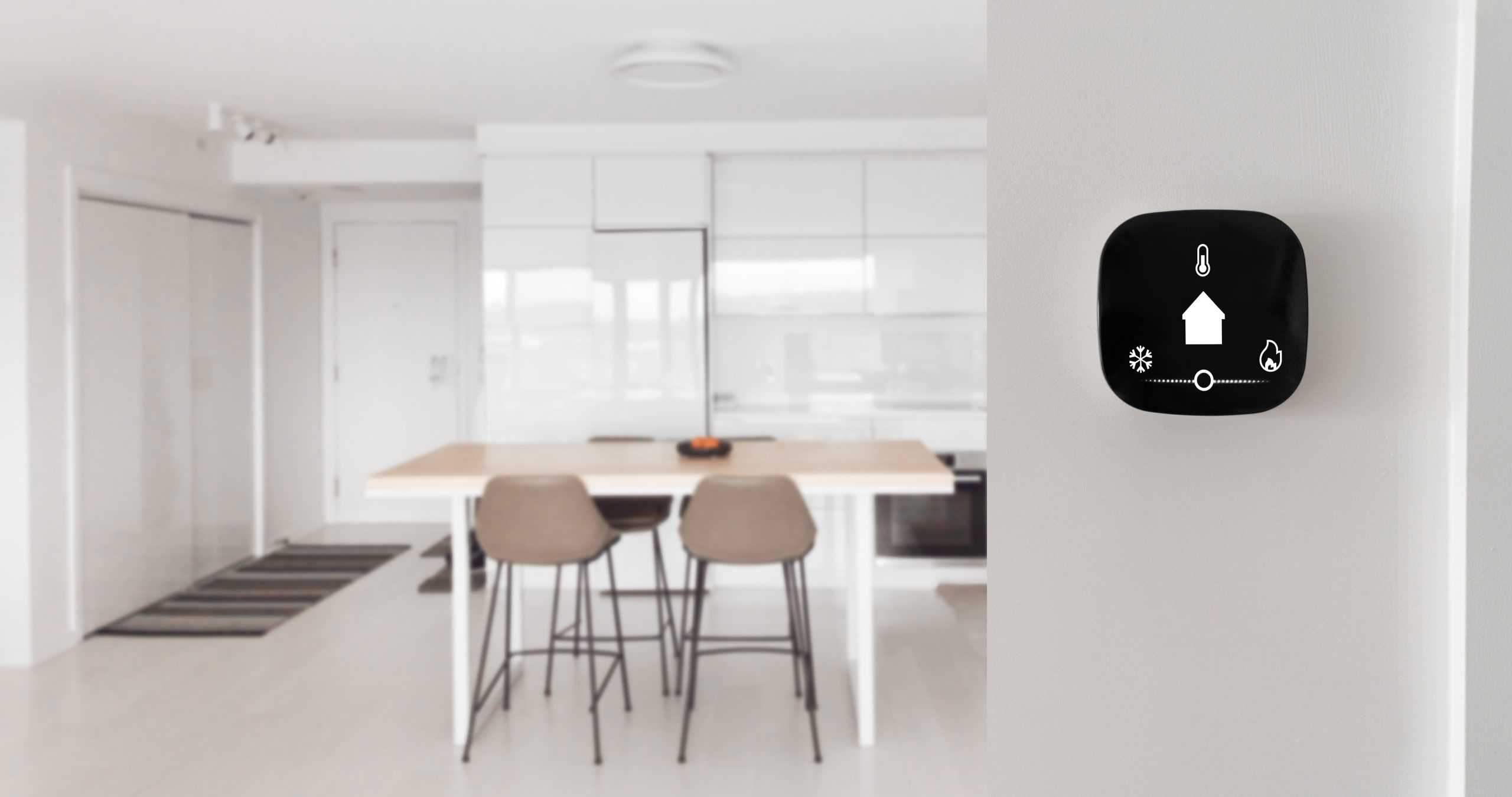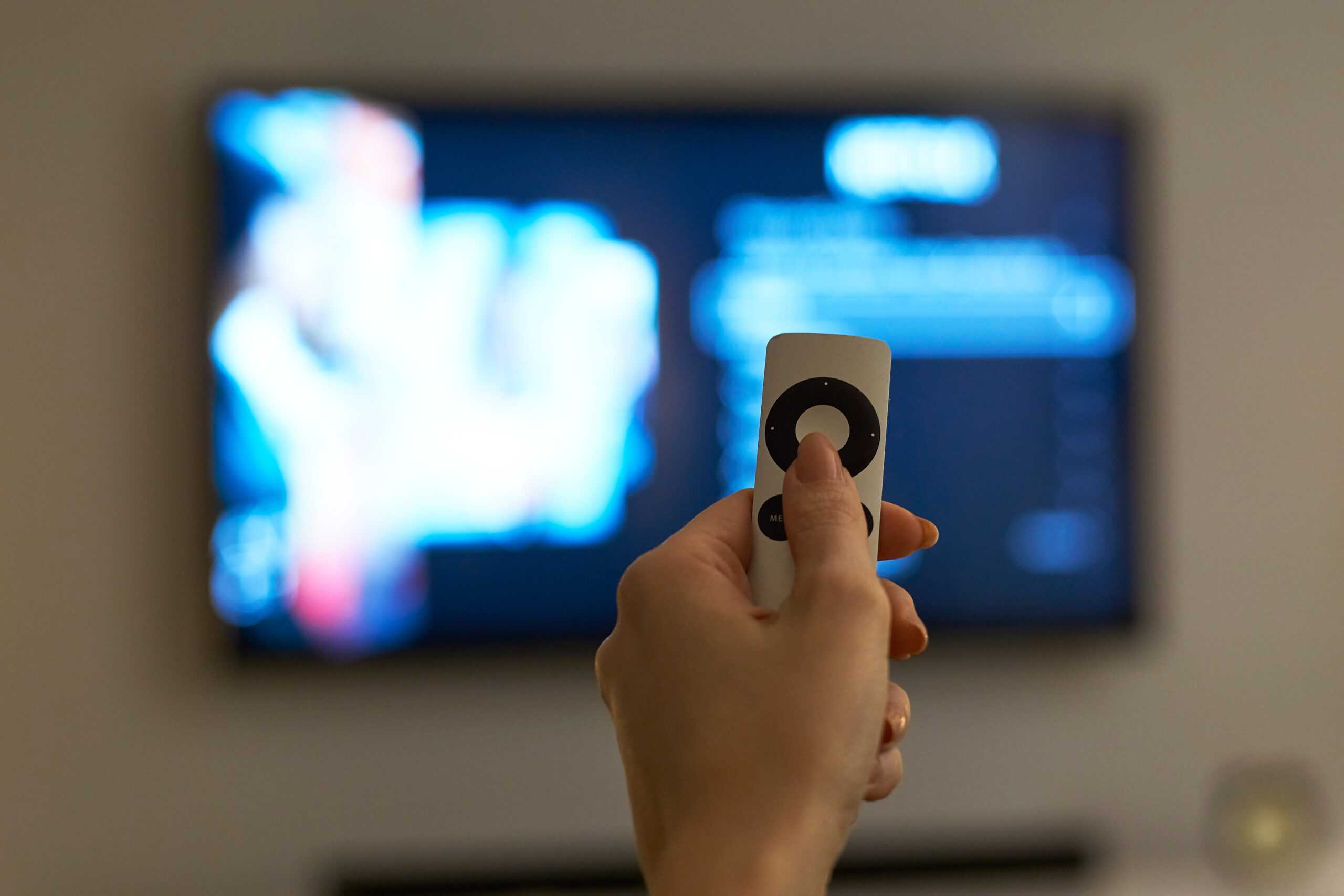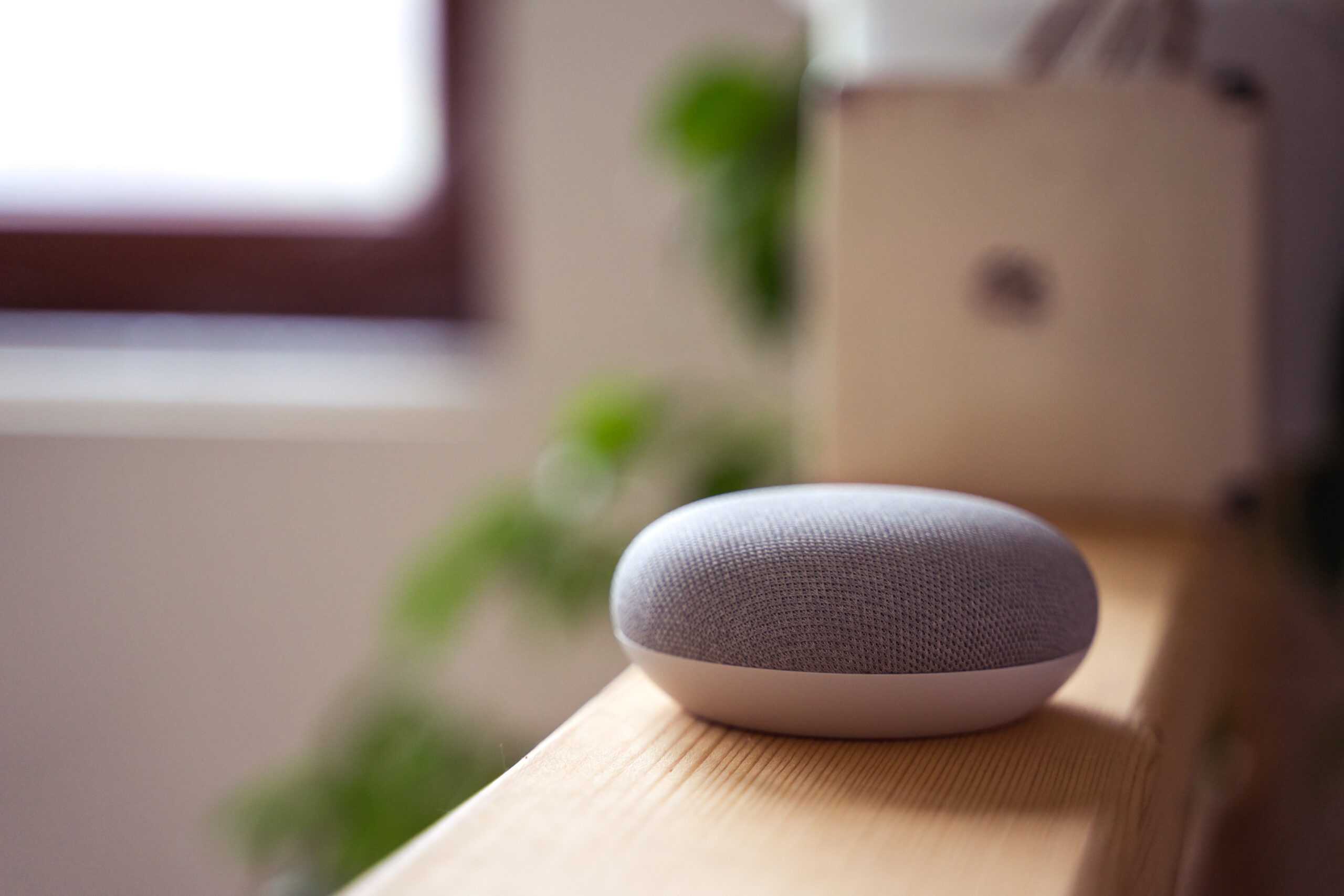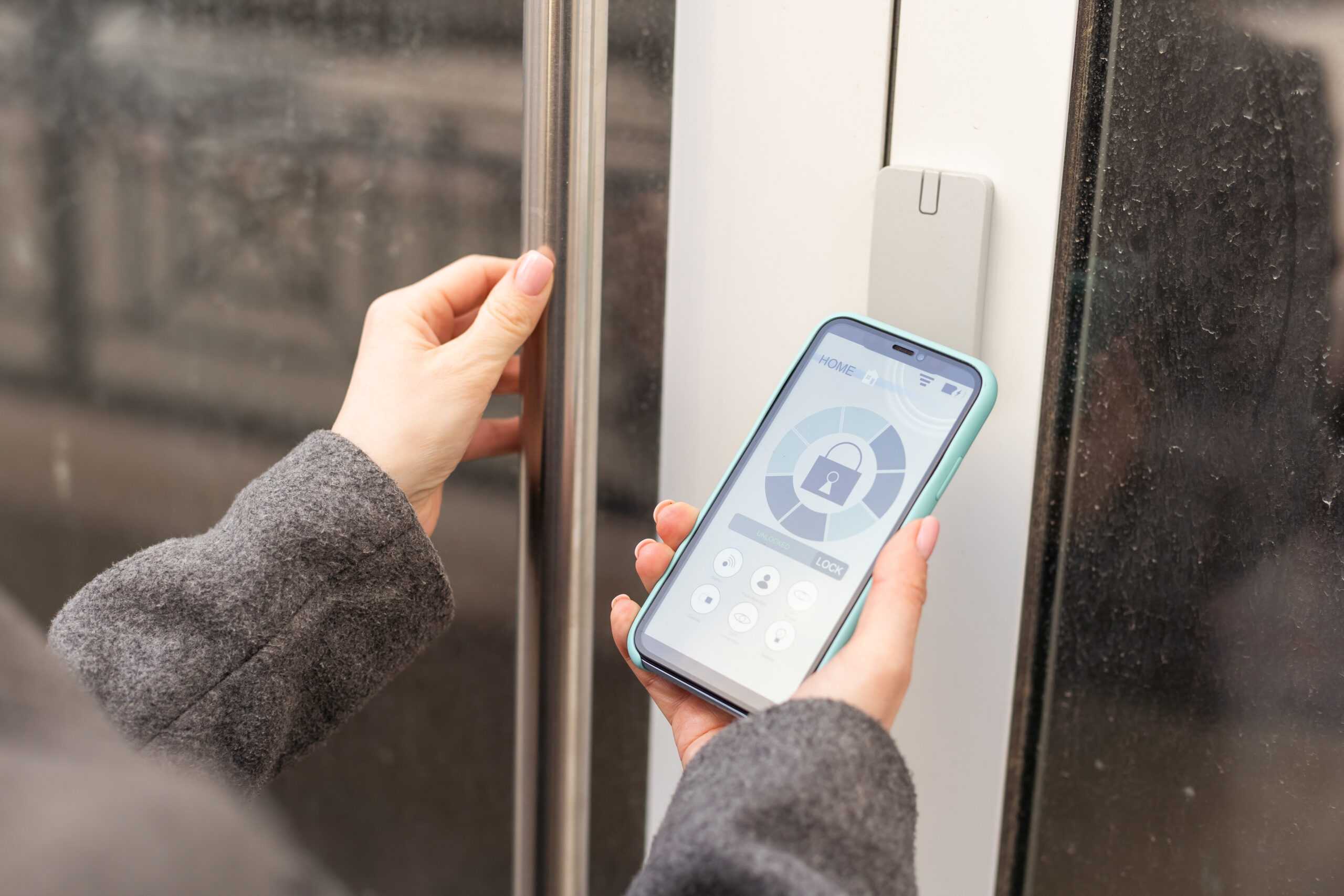At the end of September, the CEDIA Expo, a gathering of high-end home electronics custom integrators and dealers from all over the country and beyond, gathered in Dallas, Texas for their annual conference. The event was well-attended and had the feel of a pre-COVID industry event. Among the attendees were a number of companies that have been in the high-end home electronics and smart home industry for decades. Team Interpret actively inquired what changes the industry veterans were seeing. Three takeaways include adopting standards, making installation simple, and involving more electricians.
Standards: The smart home industry has made quite a few attempts at standardization over the years. One might argue that the industry has, in fact, already standardized on several protocols, including Z-Wave, Zigbee, Wi-Fi and Bluetooth LE, at a minimum, but several has proved to be too many. For years it was expected that a single standard would emerge for smart homes, as Wi-Fi did for home data networks. The industry seems unified, however, in supporting the upcoming Matter standard. Experts agree that implementation will be stepwise and won’t happen as quickly as we hope, but each vendor we spoke with at the CEDIA Expo appeared invested and willing to support the initiative.
Simplicity: The custom home integrator channel makes its money doing specialized things that other service providers don’t. For years, this channel prided itself on its certifications to program expensive home electronics to meet the custom requirements of its well-heeled customers. Now the industry is embracing simplicity. Even Crestron, one of the most premium of vendors to this channel has made its configuration language simple — using menu driven interfaces to configure complex systems. Leviton, a high-end lighting dealer and staple of this space reported that its integrator customers are asking for Wi-Fi controllers for smart lighting. Why Wi-Fi amongst a plethora of standards? The answer is that integrators and customers understand Wi-Fi. It is a known technology and implementing it in powered devices such as lighting seems simpler to those familiar.
Electricians: Our vendor sources tell us that more electricians are becoming home electronics custom integrators than ever before. For years, electricians shied away from low-voltage projects that didn’t require their certifications. The word on the street is that many electricians have discovered that there is money to be made by installing smart home and home electronics products. As the rate of housing new-starts slows with rising interest rates, electricians may find themselves seeking more opportunities. What is clear is that with smart home products becoming more prevalent in most types of single-family homes, opportunities for electricians (and similar contractors) are on the rise.







